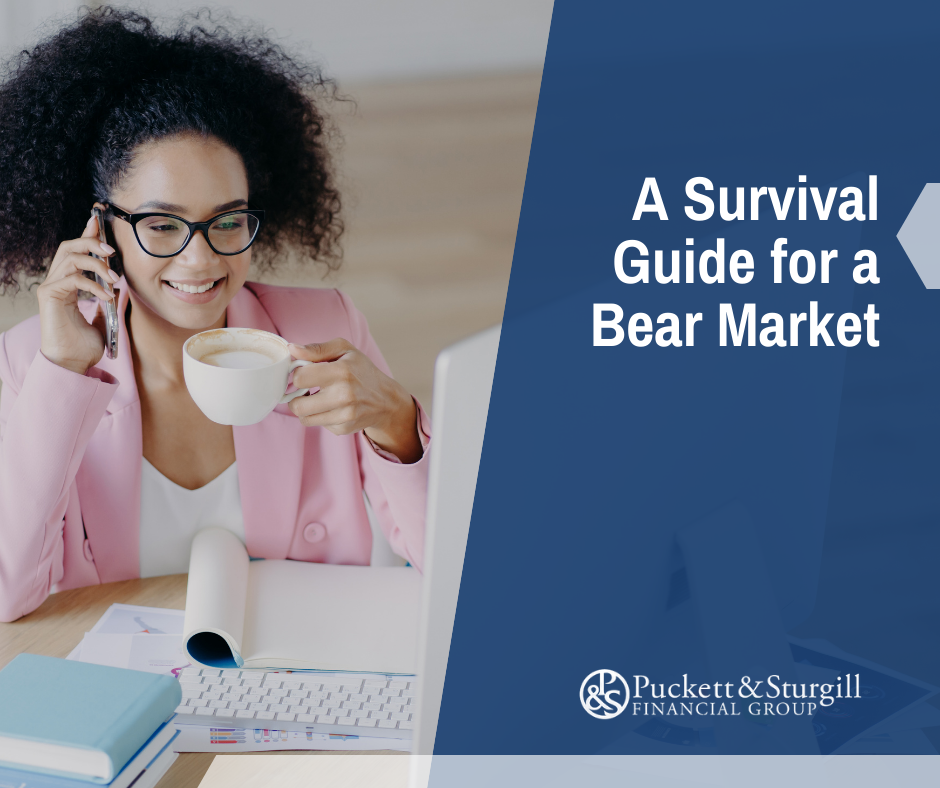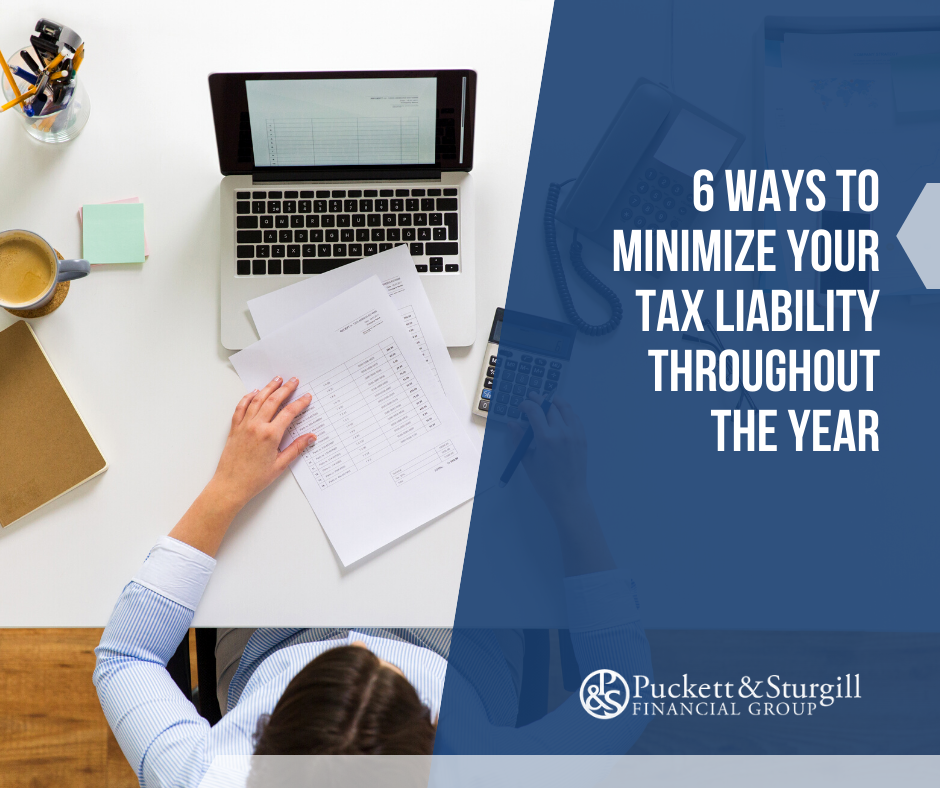Five easy pointers to help you plan during all of your retirement years
If you’re retired, there’s good news in that you’ll probably live longer and perhaps better than your parents and grandparents did. The bad news: You’ll live a longer and perhaps more expensive life, too. You face decisions your parents or grandparents likely didn’t face before you. This means every year you need to realistically estimate your life-expectancy to manage the foundation for your retirement (which might include years of less-than-great-health). Let’s say you are 58 – you need to plan for the next 37 years – more than a third of your life.
Pointers to Help Plan During Retirement
Here are five easy pointers, in ascending order of importance:
5. Costs of advice. You probably have a lot of questions. How much do you pay someone now to help you coordinate your investments? How much do your investments cost?
Is your portfolio sufficiently diversified? Did you buy annuity policies that you don’t really understand and that may become expensive for you to own? Do you need someone to only manage your investments or to also provide financial planning advice? The average American spends more time analyzing the cost of a new TV than the costs and qualities of a financial professional.
4. Social Security. Don’t decide about benefits and lump-sum pension choices without discussing your options with a financial planner – or you may leave significant money behind. Remember too that the Social Security Administration won’t necessarily provide advice on your best strategies.
3. Your home and future health. Consider the final 15-plus years of your life. Where will you live when you’re 80?
In a large home with stairs? Will most of your wealth center around your home as your retirement years tick past? Who will care for you if you can’t yourself (don’t plan on a spouse, as you may become a widow or widower)? Get objective advice on long-term care planning and your options for a reverse mortgage to convert your home equity into cash.
2. Know what you own. Are you one of the tens of thousands with half-forgotten old 401(k) plans from previous employers? Have multiple accounts with various brokers? Outdated estate documents or long-forgotten life insurance policies?
Consolidate your holdings and paper trail, a kindness not only to your current recordkeeping but also to your future heirs.
- Make your wants clear. Include your adult children or siblings in a frank discussion about where your assets are and your preferences for treatment if you end up in the hospital.
You don’t need to give specific dollar information, but family or friends need to know your preferences and where to find your assets if you die or can no longer communicate. Death and taxes are inevitabilities we all face. Make that time as easy as you can for your executor and heirs. Important Disclosures The opinions voiced in this material are for general information only and are not intended to provide specific advice or recommendations for any individual product or security. To determine which products(s) or investment(s) may be appropriate for you, consult your financial professional prior to purchasing or investing. All information is believed to be from reliable sources; however LPL Financial makes no representation as to its completeness or accuracy. This article was prepared by FMeX. LPL Tracking #1-05290107










